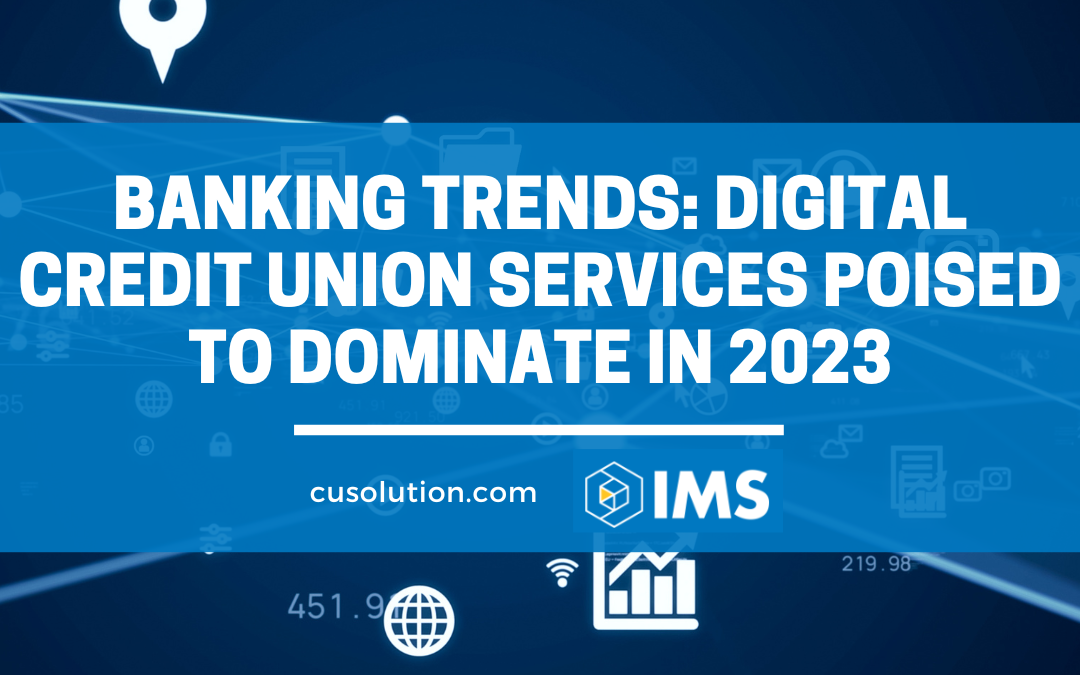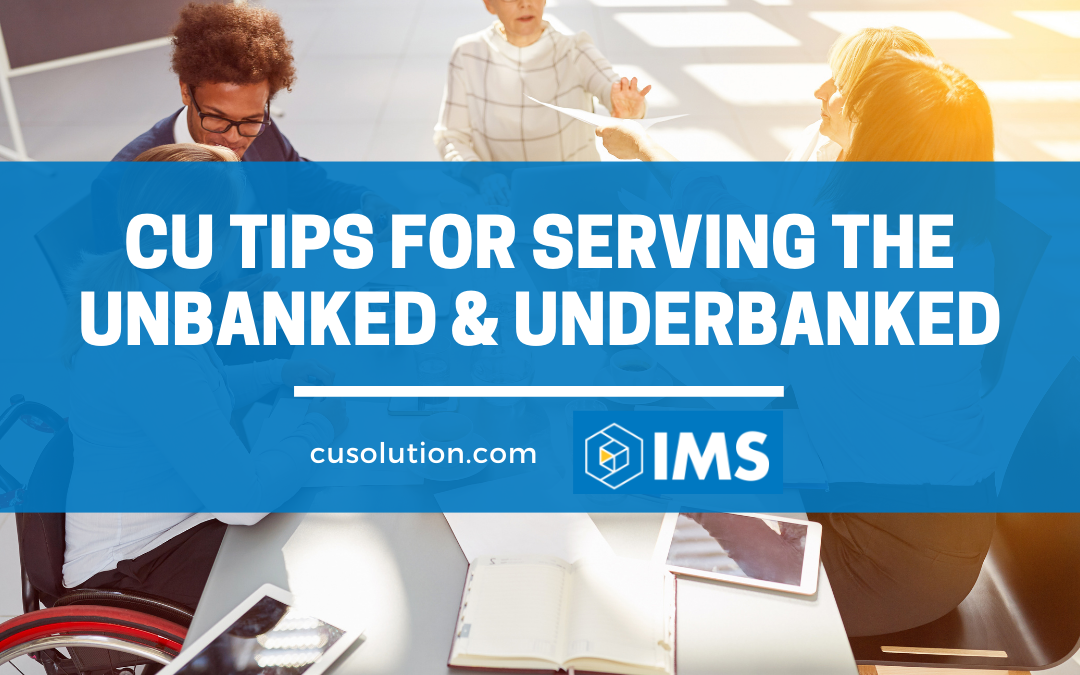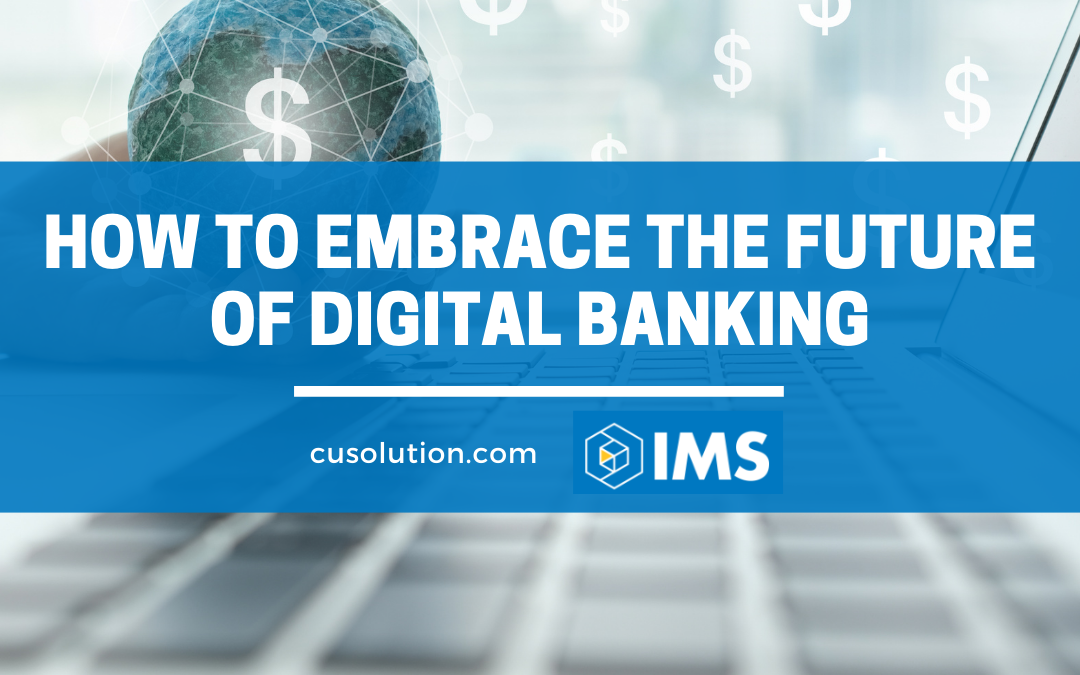
by admin | Jan 23, 2023 | Uncategorized
Credit unions are a popular financial institution for many, yet the digital experience offered to their members can vary greatly. There are lots of insights and ways credit unions can use the digital experience at the top 100 credit unions to augment and...

by admin | Dec 5, 2022 | Credit Union Resources
Just as 2022 was poised to increase stability and purchasing power after a few years of pandemic-fueled volatility, we saw record highs in inflation rates, as well as ongoing labor and supply shortages. With this potential for continued turmoil as we move into...

by admin | Aug 1, 2022 | Cybersecurity
Your credit union members are likely more worried about making sound and safe financial decisions, especially as housing and living costs rise with an unprecedented hike in inflation. In the last several decades, these costs have quadrupled in most areas of the...

by admin | May 2, 2022 | Credit Union Resources
The Federal Reserve has reported that 22% of US adults are unbanked or underbanked. And one of the top reasons Americans report not wanting to put their financial assets into the hands of banks and credit unions is because they don’t trust them. But this puts...

by admin | Jan 31, 2022 | Credit Union Resources
When we talk about the future of banking, a lot of that future is rooted in the digital transformation that will take place in the next several years. Online loan applications, cryptocurrency – these services and more will be the differentiators for success as...





